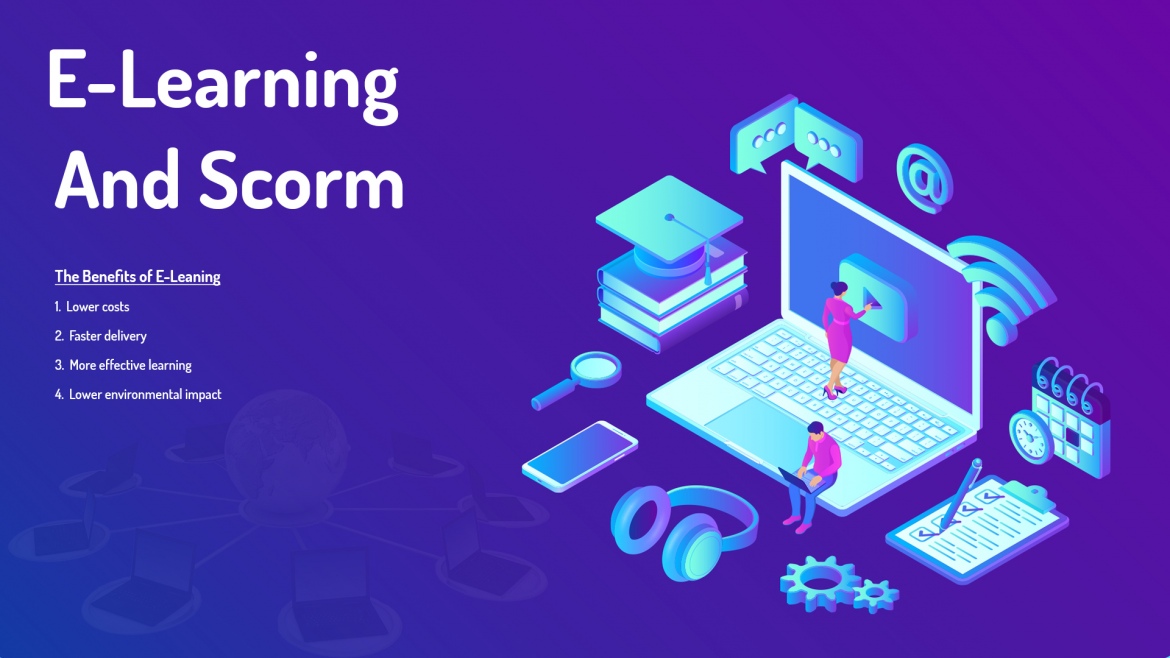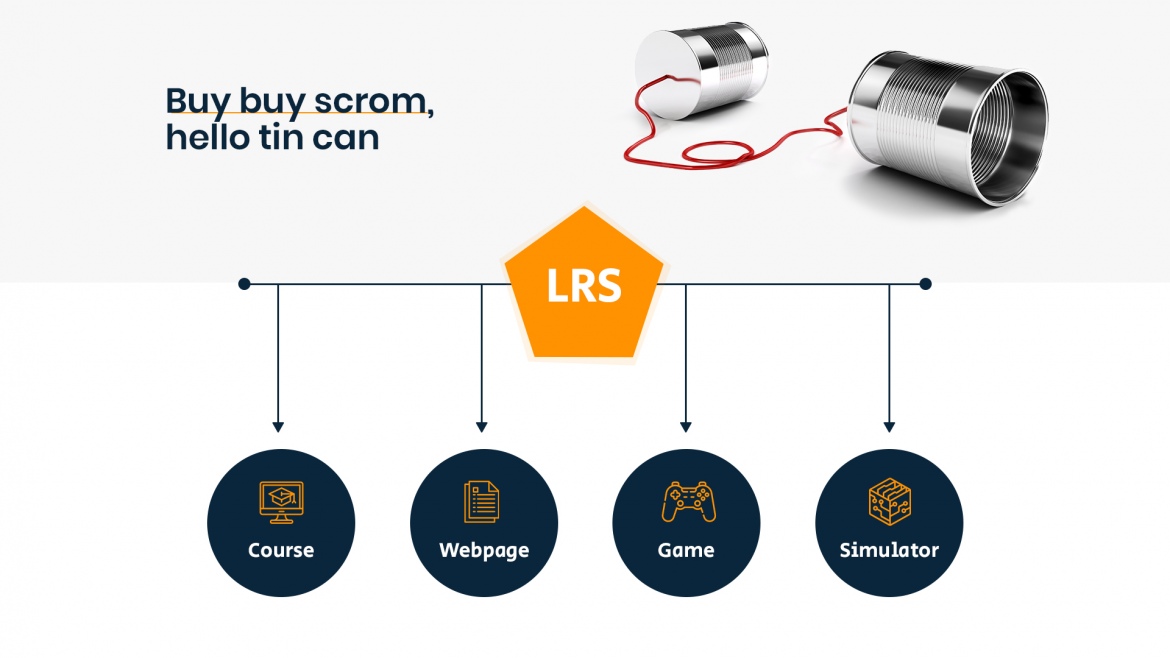E-learning refers to the use of electronic media and information and communication technologies (ICT) in education. E-learning is broadly inclusive of all forms of educational technology in learning and teaching.
In Simple Words “eLearning is electronic learning, in which the learner uses a computer to learn a task, skill, or process. It is also referred to as computer-based training, web-based training, and online learning.
Why E-Learning ?
eLearning can be even more effective than traditional learning , classroom learning. according to the report prepared for the U.S. Department of Education in August 2009. Another report by the ASTD organization recommended that to survive these tough economic times, companies may want to replace some of their instructor-led training with eLearning.
When it comes to training, we know it can be an expensive amd time consuming activity. When you talk about traditional classroom training , Travel time, hotel and meal costs, instructors are all significant expenses you can expect to incur. With eLearning, these expenses can be virtually prevented. Our digital world now provides the ability to learn online at a fraction of the usual cost of traditional training. Offering training online is your agile, cost-effective, customer-pleasing secret in this challenging economy.
The Benefits of E-Leaning
- Lower costs
- Faster delivery
- More effective learning
- Lower environmental impact
What is LMS ?
A Learning Management System (LMS) is a software application for the administration, documentation, tracking, reporting and delivery of e-learning education courses or training programs
In other words : A learning management system (LMS) is a software application or Web-based technology used to
plan,
implement,
and assess a specific learning process.
Typically, a learning management system provides an instructor with a way to create and deliver content, monitor student participation, and assess student performance. A learning management system may also provide students with the ability to use interactive features such as threaded discussions, video conferencing, and discussion forums.
What is E-Leaning Course ?
It e-leaning course is a set of the content / learning me trials which can be play withing the LMS systems.
How to evolved your e-leaning course material
Now a days there are many e-learning softwares (LMS) and tools available in the markets so how can we made the course content reusable and cost effective that can be re-used by other LMS System
Example : “Consider scenario for car industry say “XYZ” they have their own learning management software to instruct their worker and employee . They have created different types of courses ( while the audio / visual object ) those plays into their LMS . Now some other company say “ABC” working in same car industry want to automate the training ( using e-learning course materials ) . They have set up their own LMS system. Here they need to have same training course materials which was already created ( or used ) by the company “XYZ”.
So here question arise how to make it ( course content ) reusable that will be used by other company / organization. Similar concept like “Plug and Play of DVD in any DVD player”
To resolve this The Advanced Distance Learning group, sponsored by the United States Department of Defense, has created a set of specifications called Shareable Content Object Reference Model (SCORM) to encourage the standardization of learning management systems.
What is SCORM ?
Shareable Content Object Reference Model (SCORM) is a collection of standards and specifications for web-based e-learning.courses . It defines communications between client side content
SCORM is a really powerful tool for anyone involved in online training. Content can be created one time and used in many different systems and situations without modification. This plug-and-play functionality can be powerful within an organization but even more so across organizations. Content can be sold and delivered to the user more quickly, more robustly, and at a lower price.
The US Department of Defense has specified that all of its content must be delivered via SCORM. All of it. Industry is following suit, and the standard appears in a vast majority of RFPs to procure both training content and Learning Management Systems.
So this is all about making your course content reusable and cost effective


